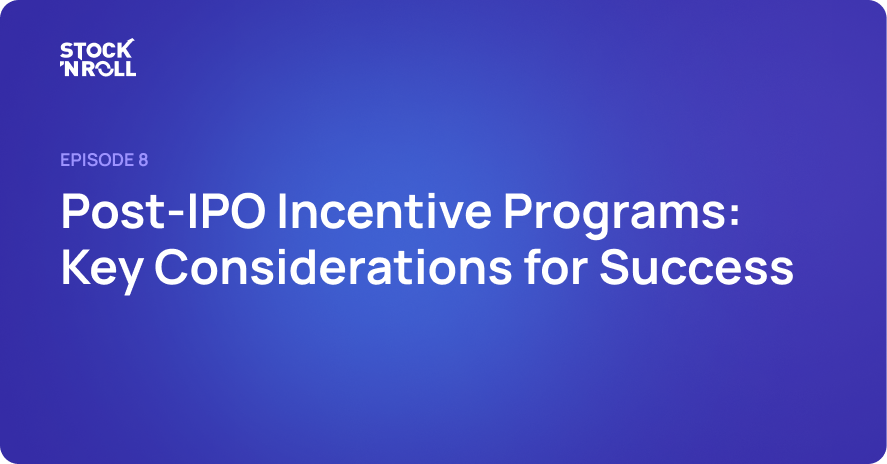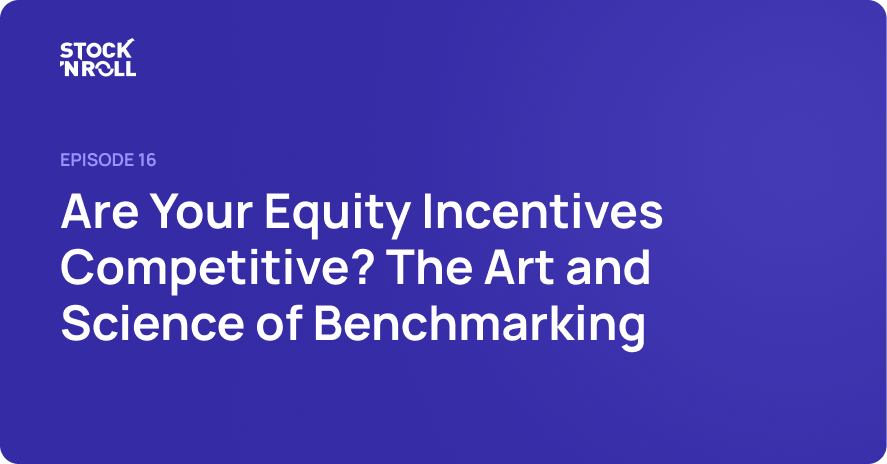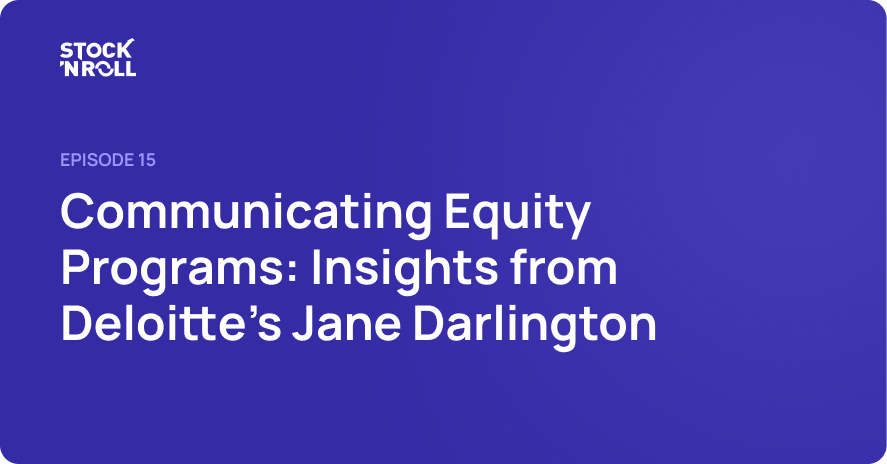The journey from being a private enterprise to a publicly-traded company is both exhilarating and daunting. Dirk Besse, the managing partner of Morrison Foerster Germany and a leading IPO lawyer featured in our latest podcast "Stock 'N Roll", offers his seasoned perspective on navigating the post-IPO landscape—a topic that is increasingly gaining attention as companies strive to transition smoothly into their new roles on public platforms.
The Impact of IPO on Company Dynamics
An initial public offering (IPO) marks a significant turning point for any company. It isn't merely about ringing the bell on a trading floor; the process actually begins years in advance with meticulous planning. This planning often includes redesigning incentive programs for both management and employees. Such programs must align with the company's equity and growth stories to appeal to both capital markets and investors.
Avoiding Common Post-IPO Pitfalls
According to Dirk, one of the key challenges post-IPO is maintaining flexibility. A rigid approach can lead to frustration, particularly if market dynamics or company strategies shift unexpectedly. Therefore, companies should build flexibility into their incentive programs to adapt to unforeseen changes smoothly.
- Design Flexibility: Ensure that the incentive program can withstand shifts in market conditions or strategy pivots.
- Communication: Clearly outline the incentive programs in the prospectus to avoid any "negative effects" on share appetite.
Redesigning Incentive Programs
The transition from a private to a public entity involves more than just financial restructuring. Companies must also adapt their organizational frameworks to meet the new bureaucratic demands of being listed.
- Who Takes Charge? Typically, during this transition, the HR or a newly formed compensation department steers the evolution of stock and option programs. These programs must be meticulously managed to navigate regulatory restrictions.
- Timing is Key: While some companies choose to align program launches with their IPO date, flexibility around timing can be advantageous.
Retaining Talent Post-IPO
Retaining key talent in the aftermath of an IPO is crucial. Many employees might see the IPO as an endpoint rather than a new beginning. To counteract the potential exodus:
- Matching Programs: Offer incentives for reinvestment to maintain alignment with company goals.
- Rollover Offers: Allow employees to reinvest at attractive terms, motivating them to remain engaged with the company's future.
The Role of Communication
A recurrent theme in Dirk's insights is the importance of effective communication. Post-IPO incentive programs can be complex, and their success hinges on how well they are understood by their participants. Simplifying these programs ensures that employees appreciate and realize their benefits, fostering a sense of belonging and motivation.
Global Trends and Local Expectations
The landscape of post-IPO practices varies across different jurisdictions. In Germany, for instance, there's a tendency towards virtual programs due to restrictive tax regimes, whereas other nations might have different expectations and norms. For international companies, it's vital to harmonize these differences while catering to localized needs.
Emerging Trends in Investor Demands
Investors, particularly institutional ones, are becoming more influential in shaping incentive programs. Their focus often lies on elements such as clawback provisions and a strict adherence to pay-for-performance principles.
- Clawback Provisions: Designed to retrieve incentives in cases of misconduct or financial miscalculations.
- Investor Influence: Proxy advisors and institutional investors are increasingly setting expectations for program structures.
In conclusion, navigating the post-IPO phase demands a strategic blend of foresight, flexibility, and effective stakeholder communication. As Dirk emphasizes, the success of these transitions lies in reducing complexities, ensuring alignment with broader company goals, and, most importantly, fostering an environment where employees feel motivated to contribute to the company’s ongoing success.
Subscribe below and follow us on social media to stay updated with our insightful blog posts. We're here to help you navigate the world of equity incentives and drive your company's success!




